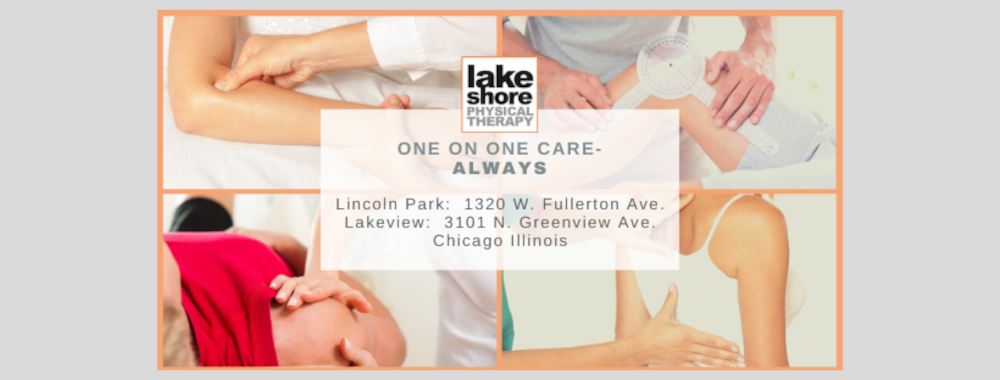 |
| by Meg Crowley, PT |
A muscle cramp, a paper cut, a bumped shin. We experience pain every day to varying degrees, but we may not have ever given thought to how it works. Like many sensations we experience, pain is a signal our body sends to our brain to keep us safe.
There are receptors in every area of the body that assess things like temperature, pressure, stretch, and vibration. These receptors are in constant communication with the brain, and when they sense that the body has passed a threshold that could lead to damage, your brain interprets that message as pain. The brain then sends messages back down the body to move accordingly - for instance, pulling a hand away from a hot stove or shifting weight off a sprained ankle.
Now, the body is a complex machine, so the brain receives hundreds of thousands of signals at any given moment. That’s a lot of information to pay attention to, so the brain prioritizes the most urgent messages and leaves the rest to the subconscious. For example, do you usually feel the sensation of your clothes on your skin? You probably do now because I drew your attention to it, but you likely don’t feel the light pressure of your clothes on your body the majority of the time. This doesn’t mean the pressure goes away: your brain usually decides you have more important things to pay attention to (like reading this blog). This filtering of information can lead to you experiencing tissue damage, but not feeling pain associated with it. Remember that bruise you got that you can’t for the life of you remember how it happened? You may have been balancing a tray full of food, or grabbing your toddler’s hand as he ran into the street, or running to the train because you were late, and those immediate situations took precedence over registering the tissue damage.
The opposite can also be true: you can have the sensation of pain without correlating tissue damage. So how does that happen? If our bodies are generally well - meaning we are sleeping enough hours at night, eating a balanced diet, getting enough activity and exercise, and not experiencing unusual stress - then our thresholds will be at their normal levels. However, if there is an imbalance in any of those areas of our life or if we have been in pain for a prolonged period of time, then the threshold lowers. With the lower threshold, something that usually would not be painful sets off the brain’s alarm system and we feel pain. It’s like the alarm system in a house: usually, someone has to break a window or break in through the door for the alarm system to go off. When we have a lower threshold for triggering the pain response in our body, it’s as if the alarm system is set off every time a leaf brushes the window. A very common instance of this is when we do a stretch or movement that we’re not used to: there isn’t a risk of causing tissue damage, but our brain interprets it as painful because our system isn’t calibrated optimally.
If you are experiencing pain, physical therapy can help to recalibrate the system. There are many layers to pain, so a thorough evaluation is needed to determine your specific plan. Often treatment involves desensitizing the system with graded exposure to the perceived “threat” and re-educating the brain on how to interpret the stimulus. If you are having chronic pain or feel like your pain system is off, we can help!








